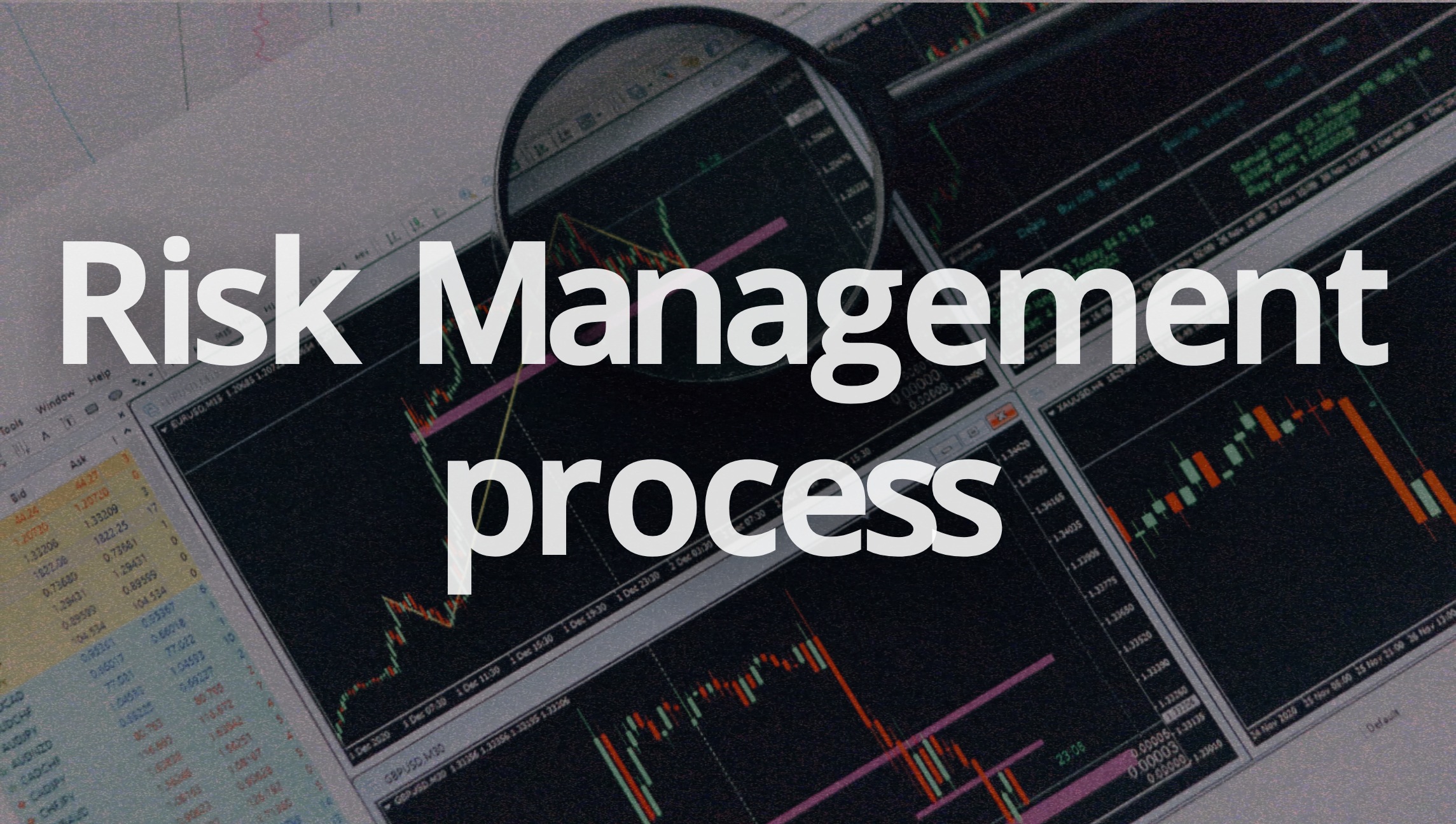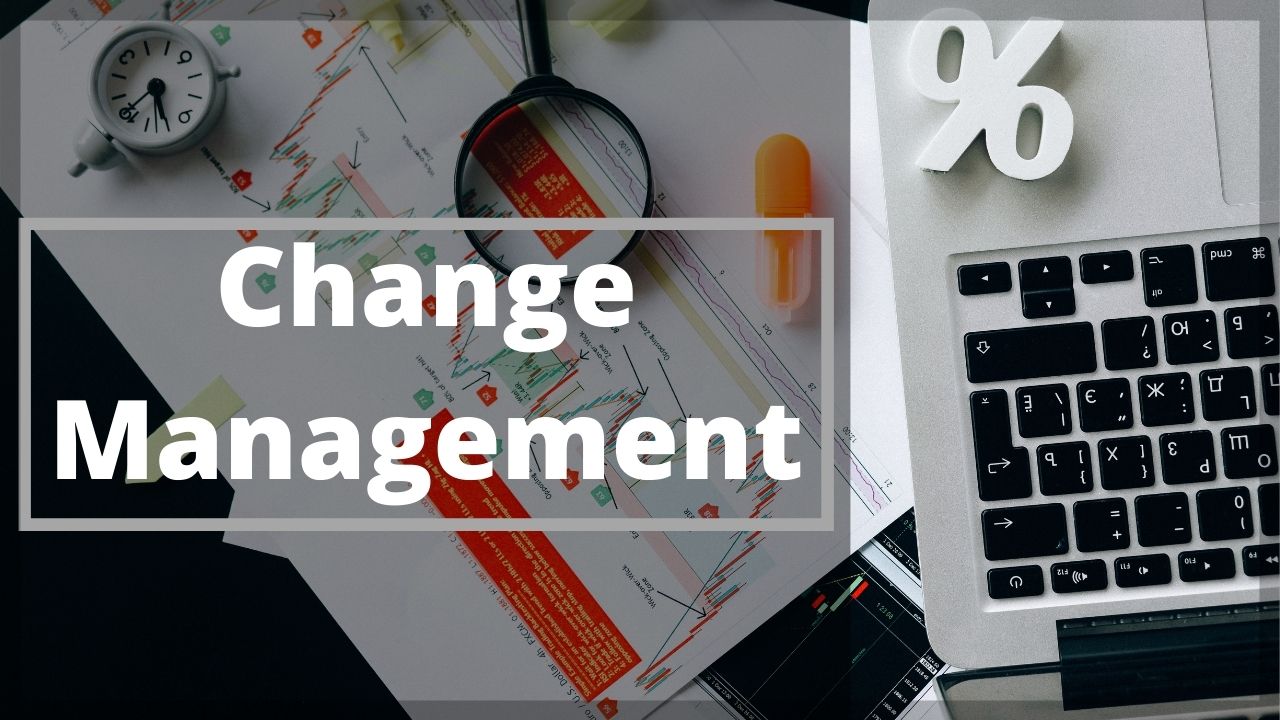What is Activity-Based Budgeting? Definition, Example, Advantages, Disadvantages & Implementation | PDF Inside
Activity-based budgeting is often used in cost accounting. Managers make budgets and spending recommendations based on past production activities. Management examines the costs of performing particular activities, like bending a fender for a car, to budget the overall costs of manufacturing a product.










